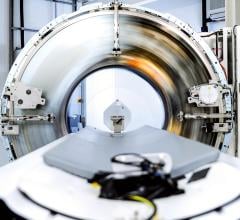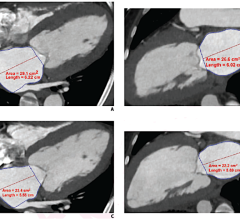
January 25, 2016 — EOS Imaging announced a new partnership with Montreal-based Spinologics to develop a biomechanical simulation software dedicated to spine surgery planning that will be integrated into EOS Imaging’s cloud-based, 3-D planning software. The co-development will allow surgeons to plan treatment from EOS 3-D datasets, taking into account the patient’s stiffness and physiological parameters.
Spinologics’ team of spine surgeons and engineers has developed dedicated software to simulate the biomechanical response to various approaches of spinal treatment. Spinologics’ latest release includes an improved multi-axial screw finite element model and a new spinal hook model in patients surgeries including up to four rods.
The biomechanical model of the spine and the pelvis provides input to define a planned correction, taking into account the spine stiffness while predicting if there could be a risk of failure along the course of treatment. It will bring particular value to the correction of elderly patient deformity and degenerative spine conditions for which spine flexibility is diminished. The approach also applies to pediatric surgery.
The joint development effort will utilize patient-specific 3-D datasets from EOS exams to simulate in-situ bending, vertebral de-rotation and contraction-distraction as well as gravitational effects. The new capability should allow surgeons to better understand and anticipate the effects of forces on the spine while planning initial and revision surgeries. EOS Imaging will have the exclusive rights to sell the new software worldwide, with an anticipated release date of the first product by mid-2017.
The EOS platform provides 2-D and 3-D full-body, stereo-radiographic images of patients in functional positions. EOS exams offer a radiation dose 50 to 85 percent less than digital radiography and 95 percent less than basic computed tomography (CT) scans.
For more information: www.eos-imaging.com


 February 01, 2024
February 01, 2024 








